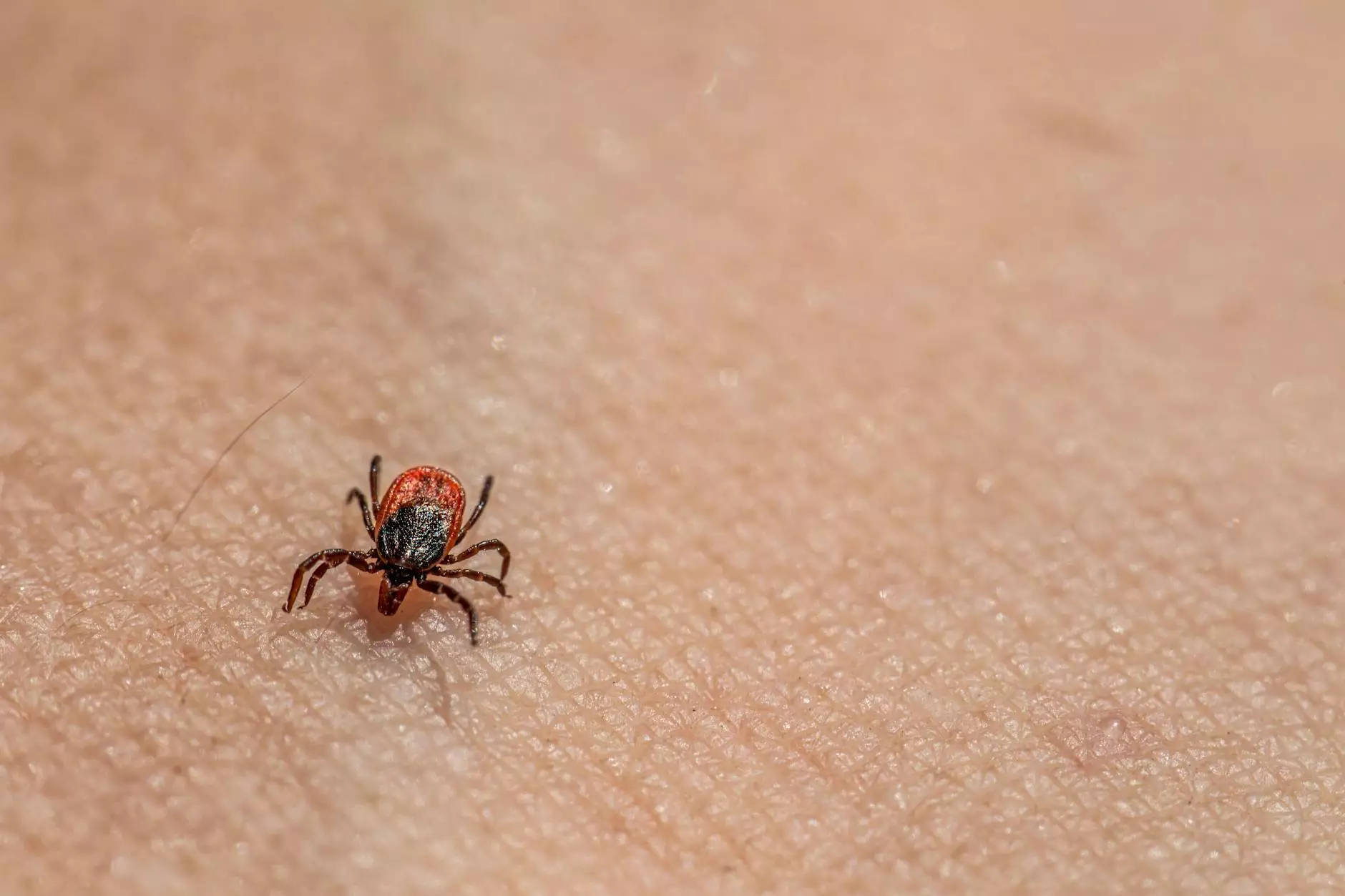Lyme Disease: Comprehensive Information and Management Strategies
Lifespring Cancer Treatment
Introduction
Lyme Disease, also known as Lyme borreliosis, is a tick-borne illness caused by the bacterium Borrelia burgdorferi. It is transmitted to humans through the bite of infected black-legged ticks. Sibel Blau, a leading authority in the field of health and wellness, aims to provide you with a wealth of knowledge about Lyme Disease, ensuring that you can make informed decisions regarding its prevention, diagnosis, and treatment.
Understanding Lyme Disease
Lyme Disease can affect various body systems, including the skin, joints, heart, and nervous system. It often presents with a wide range of symptoms that can be challenging to diagnose. Common symptoms include fatigue, fever, headache, muscle and joint aches, swollen lymph nodes, and a characteristic rash called erythema migrans.
Causes and Transmission
Lyme Disease is primarily caused by the bite of infected ticks, specifically the black-legged tick (Ixodes scapularis) in the United States. Ticks become infected with B. burgdorferi after feeding on infected animals, primarily mice and deer. When an infected tick bites humans, the bacteria can be transmitted, leading to the development of Lyme Disease. It's important to note that not all ticks carry the bacteria, and prompt removal of ticks can reduce the risk of infection.
Diagnosis and Testing
Diagnosing Lyme Disease can be challenging due to its non-specific symptoms and the limitations of available tests in the early stages. However, various tests can aid in the detection of the infection. These tests include the enzyme immunoassay (EIA) test, followed by the Western blot test to confirm the presence of antibodies against B. burgdorferi. It's crucial to consult with a healthcare professional experienced in diagnosing and treating Lyme Disease for accurate results.
Prevention and Tick Bite Awareness
Prevention is key when it comes to Lyme Disease. Implementing effective strategies to avoid tick bites can significantly reduce the risk of infection. Here are some essential tips:
- Cover exposed skin when venturing into tick-infested areas.
- Apply insect repellents containing DEET or picaridin.
- Perform thorough tick checks after outdoor activities.
- Remove ticks promptly and correctly to minimize the risk of transmission.
- Consider using tick control products for your pets and conducting regular tick checks.
Treatment and Management
Early diagnosis and treatment are crucial for effectively managing Lyme Disease. Most cases can be successfully treated with antibiotics, such as doxycycline, amoxicillin, or cefuroxime axetil, depending on the stage of the infection. Treatment duration may vary, and it's important to follow the guidance of a healthcare professional specialized in Lyme Disease management.
Long-term Complications
In some cases, Lyme Disease may lead to long-term complications that can affect multiple organs. These complications may include persistent joint pain and swelling, neurological problems, heart rhythm disorders, and cognitive difficulties. Prompt treatment and ongoing medical care can help reduce the risk of long-term complications and improve overall prognosis.
The Importance of Public Awareness
Increased public awareness regarding Lyme Disease is crucial for early detection, prevention, and management. Sibel Blau is dedicated to spreading accurate and up-to-date information about Lyme Disease to ensure that the general public, healthcare professionals, and individuals at risk can stay informed and take necessary precautions.
Conclusion
Sibel Blau's extensive knowledge and expertise on Lyme Disease make her website a valuable resource for those seeking comprehensive information on this tick-borne illness. By offering meticulous guidance on prevention, diagnosis, and treatment, Sibel Blau is committed to empowering individuals to take control of their health and effectively manage Lyme Disease. Stay informed, stay protected!










